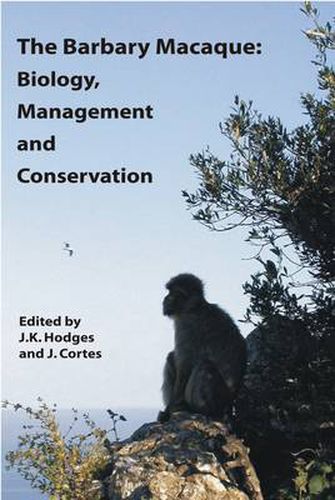Readings Newsletter
Become a Readings Member to make your shopping experience even easier.
Sign in or sign up for free!
You’re not far away from qualifying for FREE standard shipping within Australia
You’ve qualified for FREE standard shipping within Australia
The cart is loading…






The Barbary macaque is closest to the ancestral form of one of the most successful and diverse groups of primates alive today - the macaques. It is also the only remaining African representative of the macaques, all other species being found in Asia, where they have dispersed and evolved over the last several million years. The principal aim of this book is to present a synthesis of current knowledge of the biology of the Barbary macaque, and in doing so to recognise the contribution the Barbary has made to our understanding of primate socio-biology. Importantly, the book also looks at the species from a comparative perspective within the macaque genus as a whole. Unfortunately, the Barbary macaque faces an uncertain future. Officially classified as vulnerable , the status of the species in the wild is progressively deteriorating, its distribution now limited to a few isolated populations in Morocco and Algeria. The second objective of the book therefore, is to review information relevant to the management and conservation of the species, looking at both captive and wild populations.
$9.00 standard shipping within Australia
FREE standard shipping within Australia for orders over $100.00
Express & International shipping calculated at checkout
The Barbary macaque is closest to the ancestral form of one of the most successful and diverse groups of primates alive today - the macaques. It is also the only remaining African representative of the macaques, all other species being found in Asia, where they have dispersed and evolved over the last several million years. The principal aim of this book is to present a synthesis of current knowledge of the biology of the Barbary macaque, and in doing so to recognise the contribution the Barbary has made to our understanding of primate socio-biology. Importantly, the book also looks at the species from a comparative perspective within the macaque genus as a whole. Unfortunately, the Barbary macaque faces an uncertain future. Officially classified as vulnerable , the status of the species in the wild is progressively deteriorating, its distribution now limited to a few isolated populations in Morocco and Algeria. The second objective of the book therefore, is to review information relevant to the management and conservation of the species, looking at both captive and wild populations.